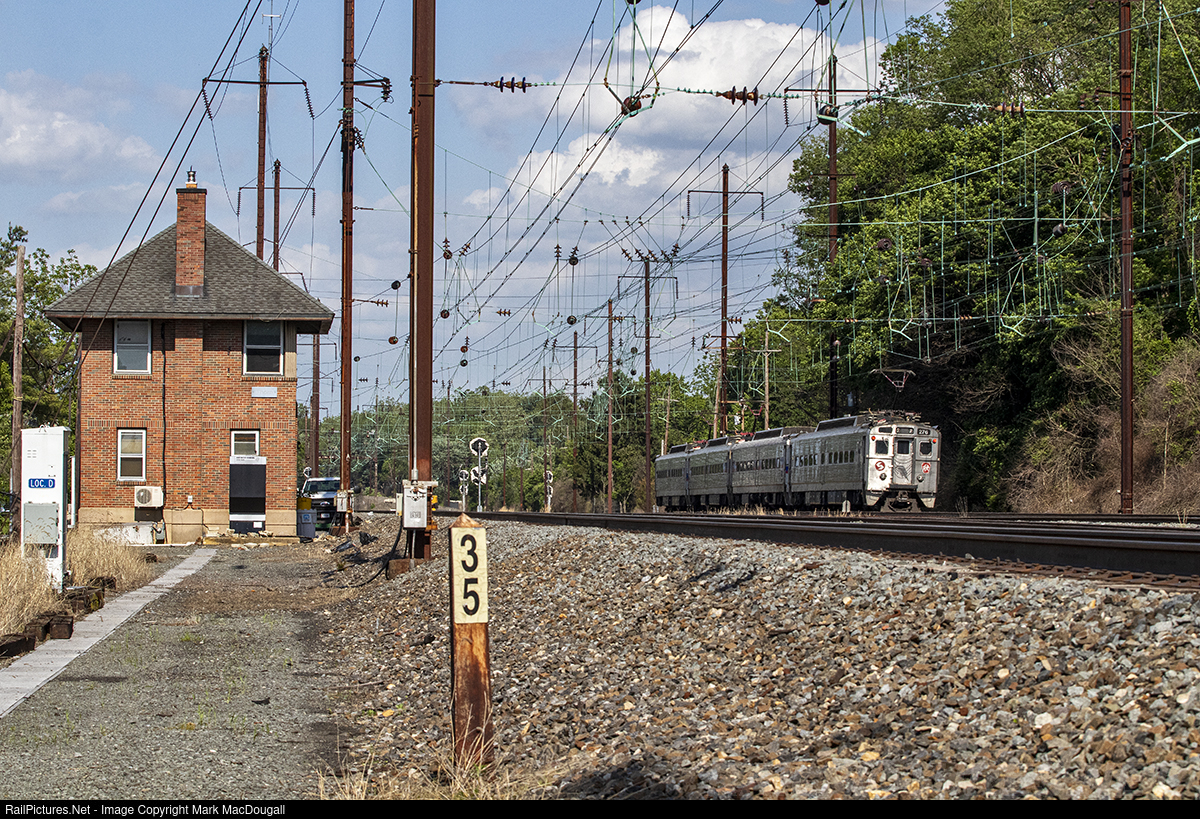For those of you who don't know, "Mr. Beast" is one of the most popular figures on YouTube mostly appealing to 11-14 year old males with formulaic content that tends to involve giving away large amounts of money in novel ways. To get value from this post you do not need to know who Mr. Beast is and I am not recommending you view his content. In 2024-2025 Mr. Beast produced a 10 episode reality TV show for Amazon Prime titled "Beast Games". While watching an in depth third party review/breakdown of Beast Games, I noticed something in the 7th episode the pulled back the whole reality TV artifice a little farther than normal due to my knowledge of how railway signaling and operating rules actually work and I figured I should share it with the class.

The premise of the 7th episode, entitled "Elimination Train" was to set up a trolley problem scenario with full a size AAR locomotive and rolling stock on a Canadian short line. Chosen players would be placed on a surprisingly realistic fake signal bridge with a prop "lever" situated perpendicular to the track. They would then have to choose to direct the train either towards a high value vehicle they could win or representations of their team members facing elimination. (Note, this isn't a faithful representation of the trolley problem which tries to explore the morality of action vs inaction.) While the overall show suffered from a lack of play testing, they did manage to coax one of each outcome for this event.

Anyway this is where the fakery of reality TV becomes visible to anyone with rail knowledge. The sequence begins with the contestant "choosing" the car over the other contestants with the "lever" placed in the reverse position. However to keep up the drama its made clear that he can still change his mind at any time until the train passes the switch like in the conceptual trolley problem. As the full sized locomotive with one car in tow appears out of a smoke effect and approaches the switch the episode went into overdrive with rapid cuts, fast-mo, slow-mo and insert shots trying to build the suspense to see if the contestant will change the direction of switch.

However in every wide shot where the switch and the locomotive is visible, the points are shown to never move from their initial position, even if an insert shot shows the pints moving or the contestant moving the lever. The scenario is run more than once, in one the points are reverse and stay reverse and in the other they are set normal and stay normal. While this might fool the casual viewer, for the rail-informed watcher will know the fix is in once the locomotive appears and is moving faster than a jog, because there is no way in hell some shortline was going to allow the producers (and by extension the contestant) to actually solve the trolley problem and derail their locomotive. To the show's credit the switch mechanism was never shown in detail and the area around where a hand throw switch stand would be was intentionally hidden from view, however I am not sure how much this ultimately mattered for the viewers given the moving points were only shown in extreme close-up.

Here's what I believe went down in the actual production. First, while technically possible, its highly unlikely that a short line would have rigged up a power assist switch to the prop lever when a hidden grip could easily do the same job. The contestant was given some amount of time to make his choice while literal man behind a curtain followed the position of the lever and used the hand throw stand to align the switch points for the benefit of all involved. Then at some point, possibly even before the locomotive emerged from the smoke the choice was set and the train was allowed to do its thing. All of the drama was then manufactured in the editing room.

That's the irony of the situation. The show theoretically sets up a contestant the chance to solve the trolley problem, but doesn't have the balls (or insurance coverage) to actually allow the contestant to solve the trolley problem. What people don't get about the trolley problem is that the choices you are given aren't the only choices that exist. If one puts the points on center, the trolley derails and comes to safe stop. This is how split point derails work after all. (Conversely if you throw the points after the first truck passes over them, but before the second, you can get the trolley to drift and kill both sets of people tied to the tracks.) The real life trolley problem tries to set up a binary choice to explore an moral dilemma, however the mechanics of the problem allow folks with knowledge and the ability to think outside the box to make a choice where everybody lives. That's the important takeaway. If presented with a no-win scenario, you change the conditions of the test.
BTW, if you want to see how The Simpsons got an NYC Subway interlocking tower surprisingly right, check out this post here.










